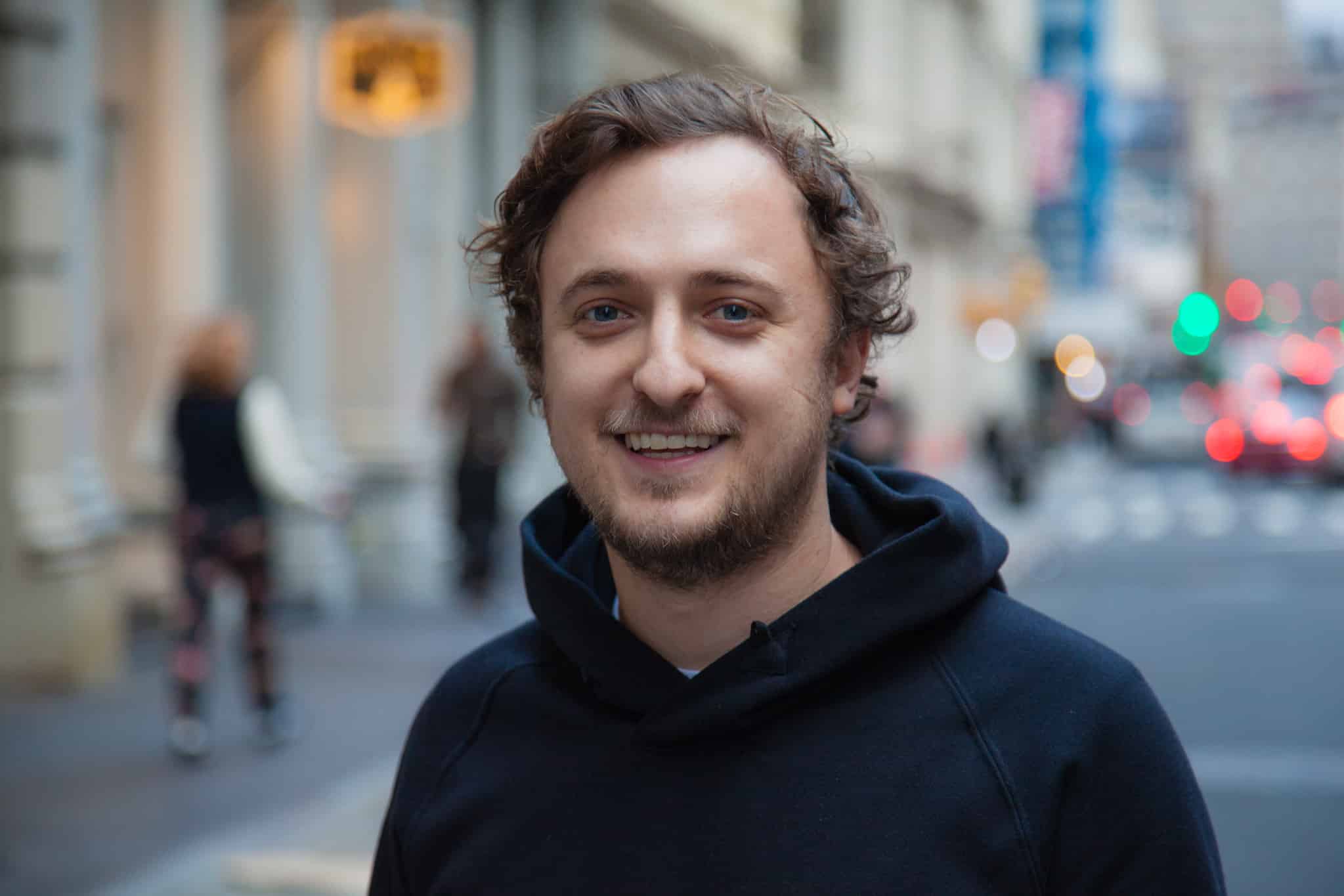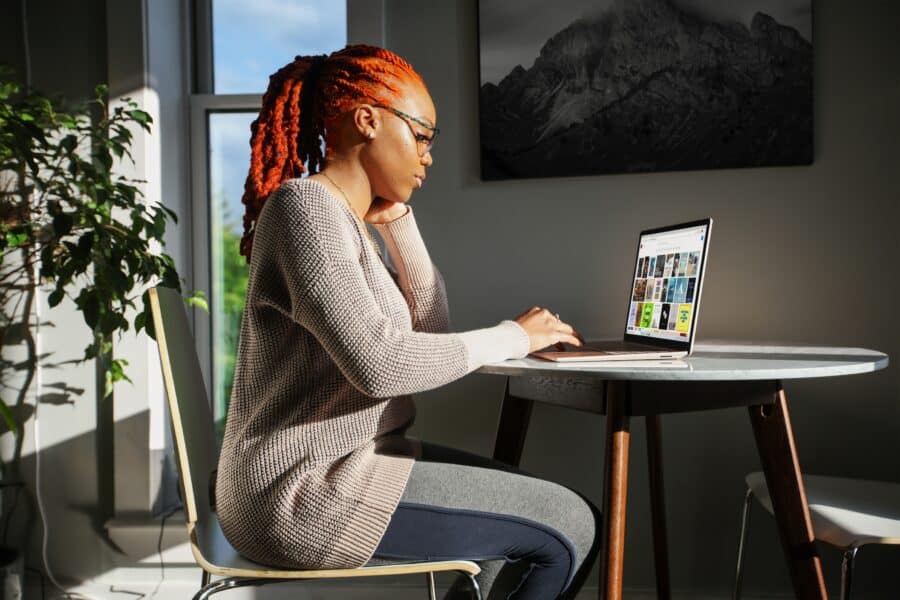As many people may well know, a lot gets done to films, TV shows, and music videos before we actually see them. Post-production is arguably where the majority of the magic happens, and there are very good reasons that blockbusters like Transformers have a specific, flashy look and Arrival or Moonlight have looks that are quite the opposite. One of the post-production process magicians—an incredibly important part of a piece’s overall visual aesthetic—is the colorist.
Josh Bohoskey of New York-based creative community The Mill is the man responsible for coloring (among other things) Saturday Night Live’s digital shorts series and music videos for everyone from Big Baby D.R.A.M. and Danny Brown to Hamilton Leithauser. Over the phone, he explained to Format that the colorist’s job is to essentially create a look based on discussion with the client, and then make sure that the look carries across a piece and feels united. No easy feat.
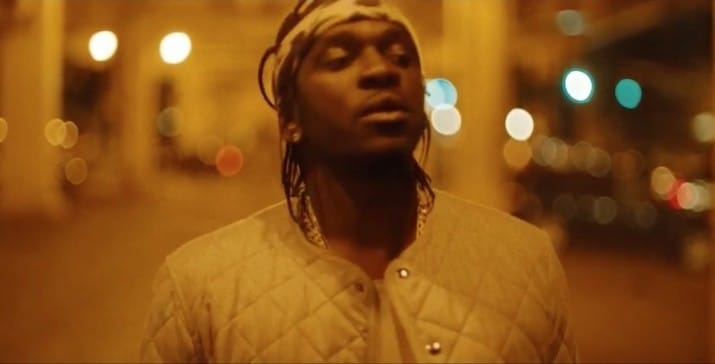
Bohoskey for Pusha T’s “Untouchable”
Even if people don’t know what a colorist is, they’ve felt it before.
“A colorist is kinda like a post-production cinematographer,” Bohoskey said. “So it’s my job to take what the director and the director of photography (DP) shot, and push it to the next level they wanted. Say they shoot over a five-day span, maybe it’s cloudy one day and sunny the next day, I try to find a happy medium so it feels like a whole piece and not just a bunch of random shots put together. Even if people don’t know what a colorist is, they’ve felt it before, watching TV or something. If a shot jumps out at you, but you don’t know what it was—it just kinda throws you out of what you were watching—it can be something like that.”
That is likely, for example, why a show like Hannibal was so striking: if you watch back on the cooking shots, the colors of the food pop against the series’ tendency toward steeliness, especially, of course, all the reds. But while Bohoskey’s challenges are to be expected in his regular day-to-day work, the trial of colouring SNL’s digital shorts is a much different beast. The weekly comedy giant starts shooting its shorts on Friday night and go deep into Saturday morning, which means the colorist has to be grading in sync with the editors as they constantly work out the footage.
“I’ll come in the morning and get a general look set of shots they’re gonna use in the edit,” Bohoskey explains. “Then the DP will come in, and him and I will go through and grade those. Around four or five o’clock, we’ll get the finals sent over of what the final edit is. Then we’ll ply the grade across, tweak it, and send it back to them for the eight o’clock rehearsal. After rehearsal, they’ll get notes to tweak it again. So they’ll add new shots and things like that, and then I have to grade those and send those back for the 11:30 p.m. airing.”
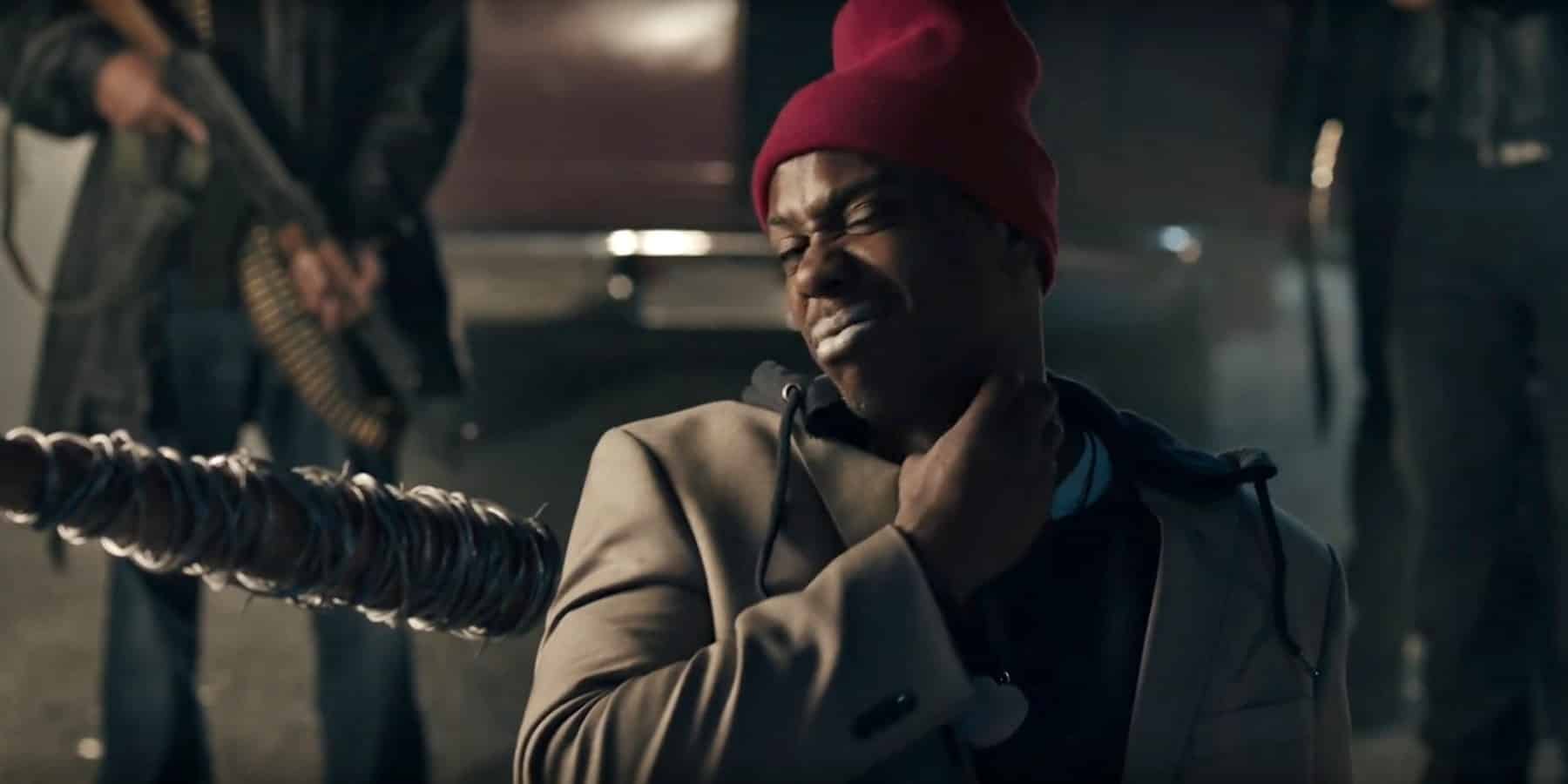
Walking Dead Chappelle’s Show Digital Short
It should come as no surprise that those guys frequently mention being so tired—especially the host, as Bohoskey points out, who is often shooting on those shorts as well, meaning they’ll have to be up for around 48 hours with hardly any breaks. One of those recent hosts was comedy legend Dave Chappelle, whose short re-imagined a pack of classic Chappelle’s Show characters in a very messy situation from The Walking Dead.
“The Dave Chappelle/Walking Dead short was super fun,” Bohoskey said. “It was fun just to grade Chappelle, but also cool trying to match that Walking Dead look as well. The main note on it was, ‘Make it look like Walking Dead but not as crazy.’ Because The Walking Dead is a lot darker and they have a shit-ton of grain across the whole thing.”
One of the reasons Bohoskey finds the SNL shorts fascinating is that, because they’re so often parodying or mimicking a show or film or music video, he’s able to use his time working to figure out exactly how the original colorist made the reference work look the way it does.
“For example, with the “Hotline Bling” music video last year, SNL did a spoof on that,” Bohoskey said “It was cool seeing footage shot the exact same but different, and then matching color-wise to that video but with slightly different footage that’s meant to be the exact same. You get to learn from your peer colorists, and be like, ‘Okay, this is how they did that.’ It’s a fun exercise, and one I don’t think really comes up in other projects.”
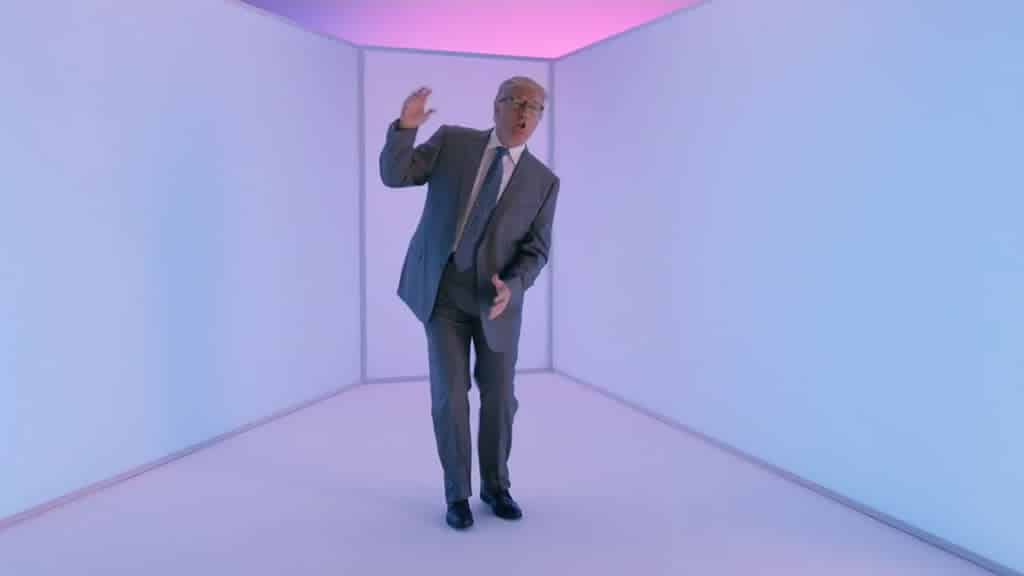
Donald Trump Hotline Bling Digital Short
Being a colorist is, like most creative endeavours, a collaborative process. While there are sometimes unreasonable expectations from clients—Bohoskey said he’s been approached by amateur filmmakers who came in with footage already shot and using million dollar ad spots as references, which just isn’t possible without the right equipment used in filming—working together to create something cohesive is the main goal. That means meeting with clients, going over goals and references for the look, and then working that out with smaller and smaller changes until it’s finished.
“Being a colorist is a very subjective art,” Bohoskey said. “So something I think looks really nice might be totally wrong for what the director intended. A lot of time if there are stills and references, if we’re going for this look or that look, they’ll send along a video or print stills of what they had in mind. And then sometimes they don’t know—they just wanna see what we can do here, and it’s a fun process of setting different looks and seeing which direction you wanna take it. But it’s definitely a collaborative process, so it’s better when you actually have the client in the room, because you can build that look together.”
And of course, psychology enters heavily into the way a piece is colored. What sort of coloring will make people recognize the gravitas of a dramatic situation, or make them feel comfortable during a scene between two old friends, or amp them up for a dizzying chase scene?
Being a colorist is a very subjective art.
“If it’s a very vibrant, happy spot, usually it’s more saturated and bright and lifted,” Bohoskey said. “A lot of commercials are really bright because they want to catch your eye when it comes to a commercial break on TV, as opposed to when you do a film or something, where it’s very dark, moody, and cinematic feeling.”
So how does one become a colorist? Like most creative jobs, Bohoskey’s path was definitely not linear, and also not intended. He went to school for film production, and ended up doing an editing internship at a boutique shop in SoHo, but when it came time to hire him on they couldn’t take any more new employees. A pal at the shop said he could get him a starting position at The Mill, which he jumped at, starting out grabbing coffee for people and running errands until something he was well-suited for came up: Bohoskey had been a projectionist at a movie theatre and was comfortable handling film, which was still the medium many filmmakers were working in at the time. The coloring department was looking for someone to scan the film to turn it into digital. He started as a color assist, which he did for four years, and then became a colorist, which has been his gig for the last three. And he’s got an interesting answer for what the most challenging part of is has been.
“Starting as an assist, you learning the system inside and out,” Bohoskey said. “They say the best assists make the best colorists. The system we use is a Linux built program, so it’s nothing similar to anything I’ve used before. It was just learning this complex machine inside and out before I could even get to the creative fun stuff. It’s like left brain-right brain—complete 180 from being an assist to being a creative colorist.”
